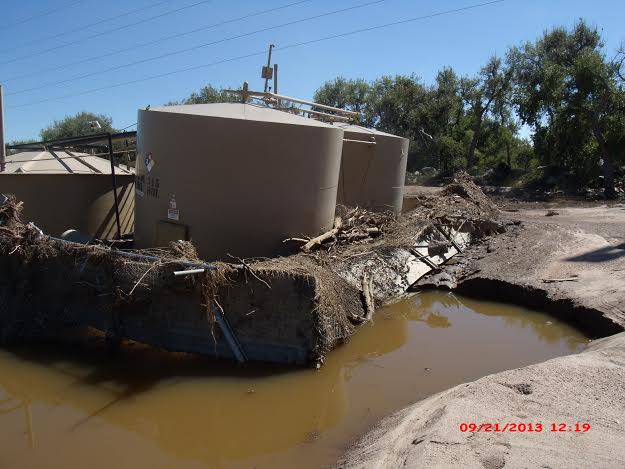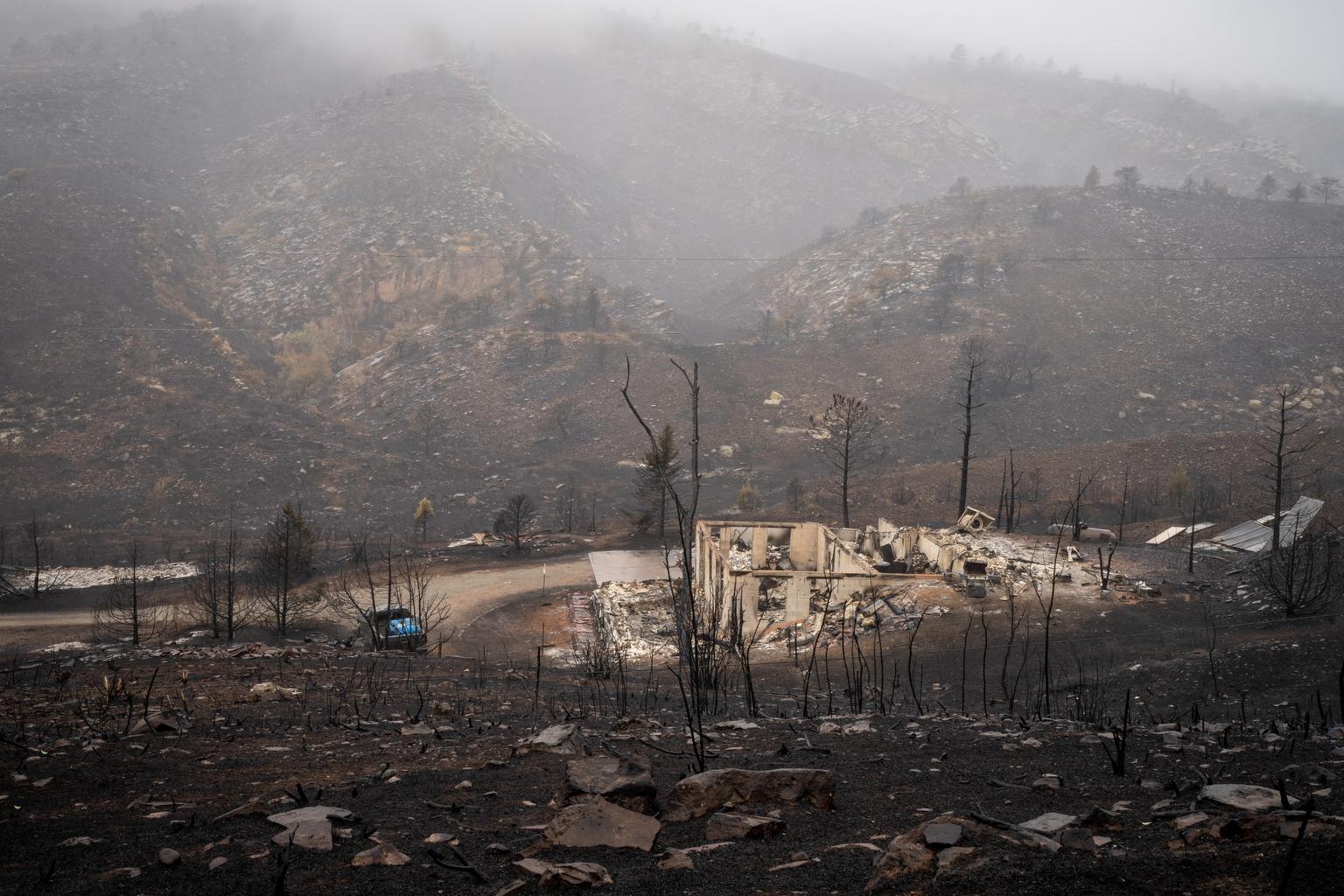
“We have a lot of room to improve on our very early disaster communication, both to the public and to other emergency agencies,” Alan Gilbert, who has been working with the commission on flood recovery, said.
Last year’s disaster could also help energy companies learn what kinds of protective structures are best for preventing damage to oil and gas sites. In September’s floods, it turned out that strong metal fences worked better than earthen berms to protect storage tanks and equipment.
Nearly five months since the floods, most of the state’s damaged oil and gas operations are running again. About 400 sites are still being cleaned up and tested and Gilbert said some of them may stay shut down as operators may decide some low-producing sites aren’t worth repairing.
The commission is sharing other findings from the recovery, and asking for public comment at a workshop in Denver Thursday afternoon in the Wells Fargo building at 1700 Lincoln St., 2-5 p.m. Lessons learned from the flood will be compiled in a report to the Conservation Commission in March.









